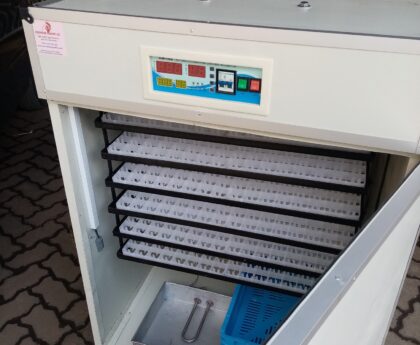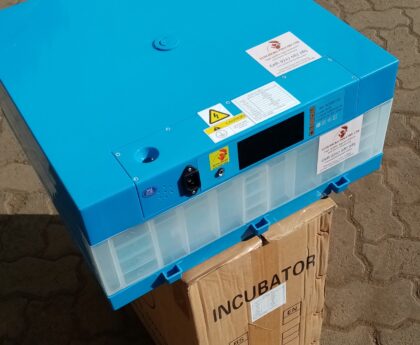KARI improved kienyeji chicken is a breed developed by the Kenya Agricultural Research Institute (KARI) for improved meat and egg production compared to traditional kienyeji chickens. While this breed has several advantages, there are also some disadvantages to consider:
- High initial cost: The KARI improved kienyeji breed can be more expensive to acquire compared to traditional kienyeji chickens.
- High feed requirements: These chickens require a higher quality feed than traditional kienyeji chickens, which can increase production costs.
- Reduced broodiness: KARI improved kienyeji chickens tend to have reduced broodiness compared to traditional kienyeji chickens. This can make it challenging to hatch eggs and maintain a sustainable breeding flock.
- Higher mortality rate: Due to their fast growth rate, KARI improved kienyeji chickens are more prone to diseases and require good management practices to reduce mortality rates.
- Dependency on commercial feed: These chickens are more dependent on commercial feed, which may not be readily available or affordable in some areas.
- Risk of inbreeding: If not properly managed, breeding KARI improved kienyeji chickens may result in inbreeding and reduced genetic diversity, which can lead to health problems and reduced productivity over time.
It’s important to consider these factors when deciding whether to keep KARI improved kienyeji chickens and to ensure proper management practices to minimize the risks associated with these potential disadvantages.



